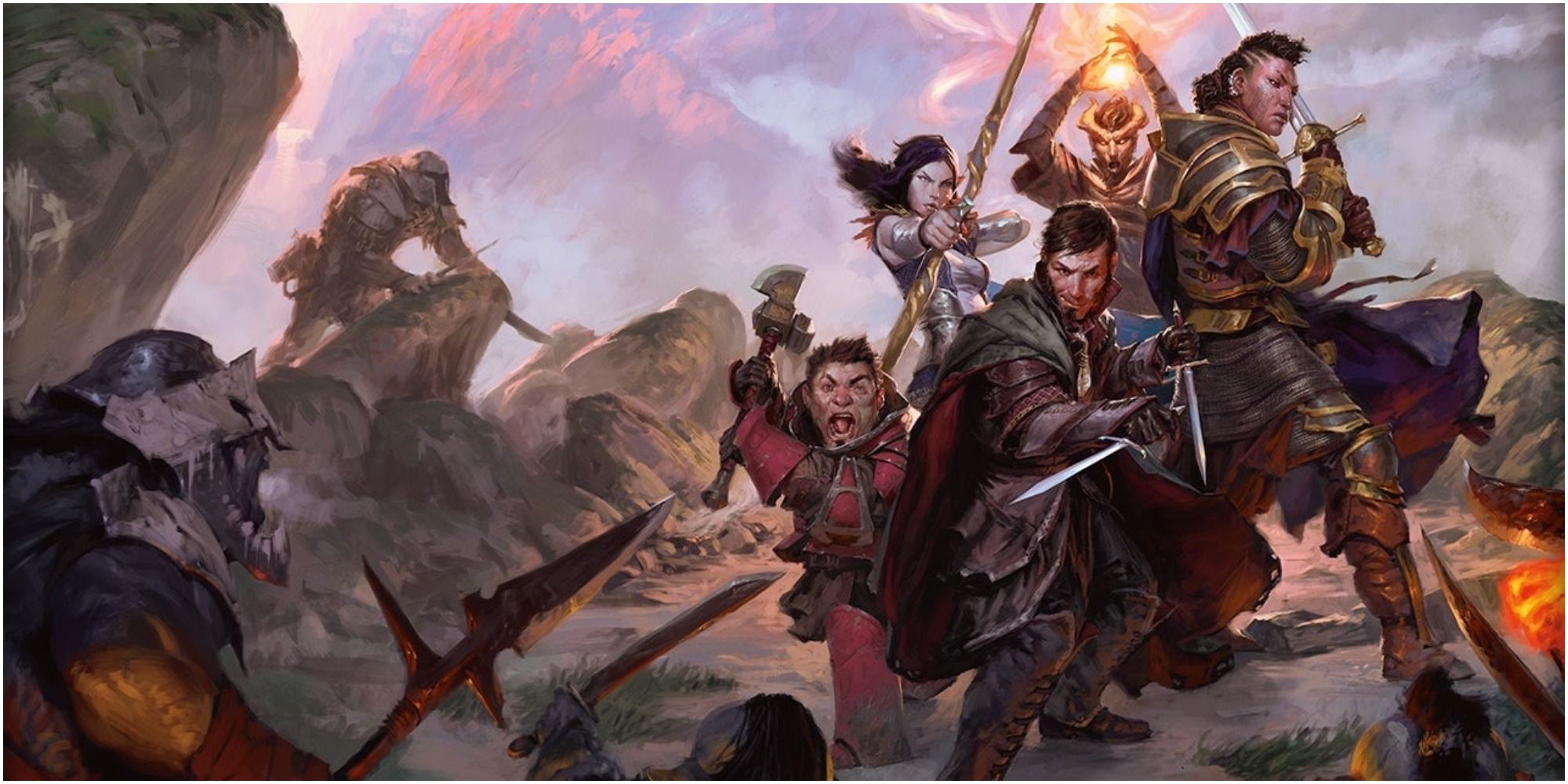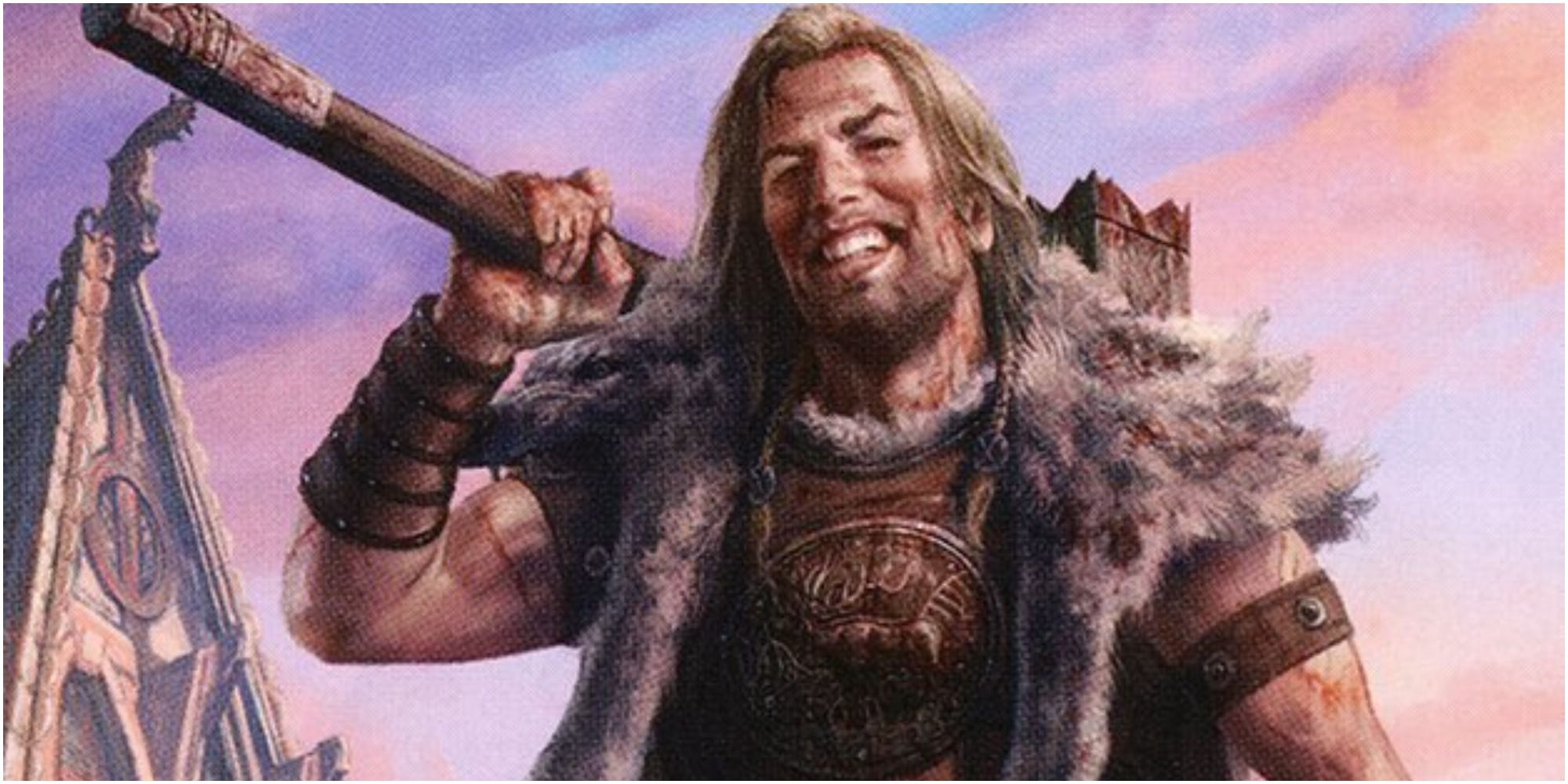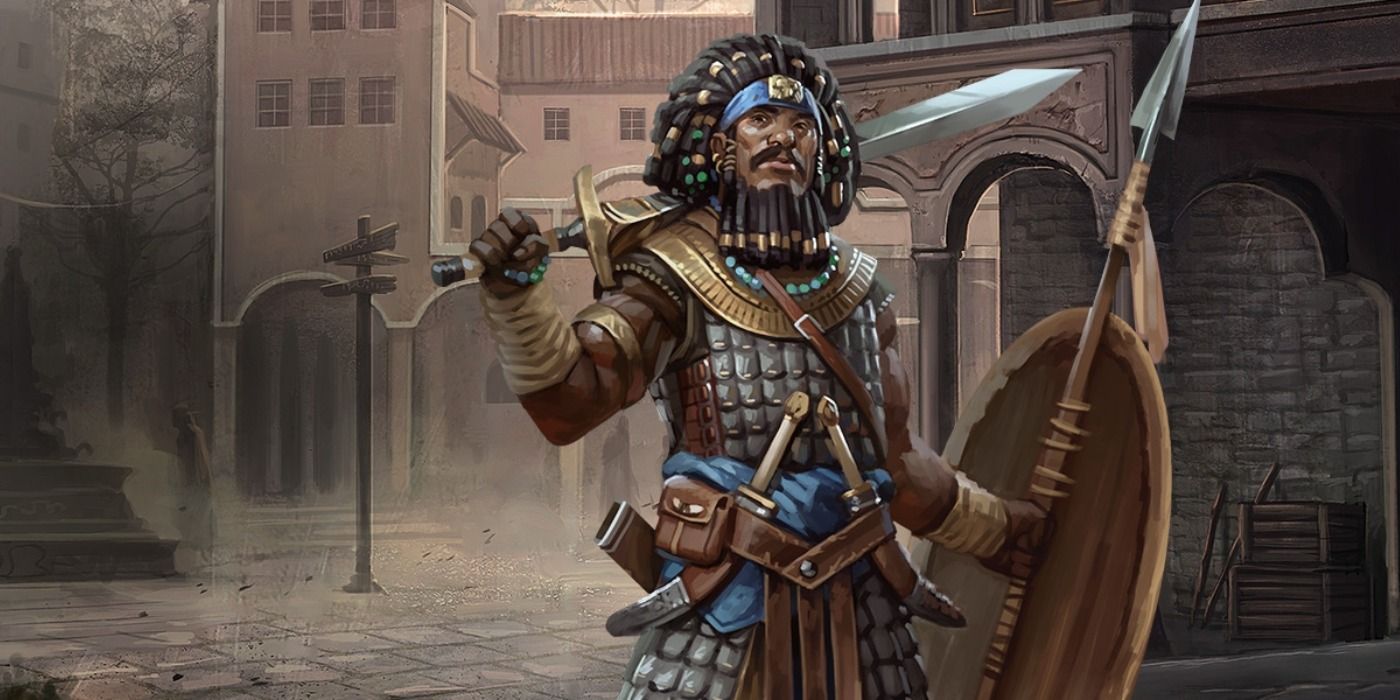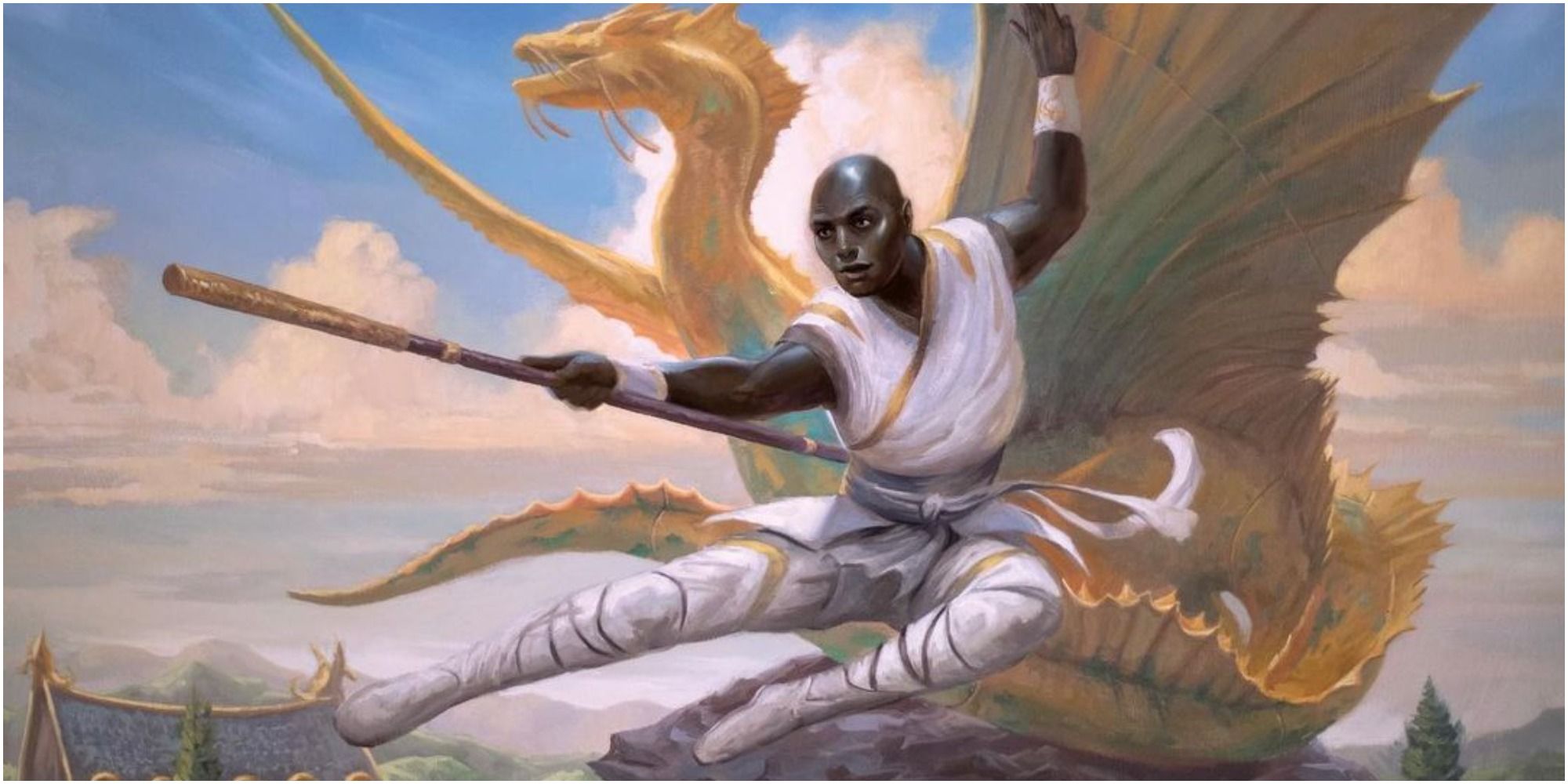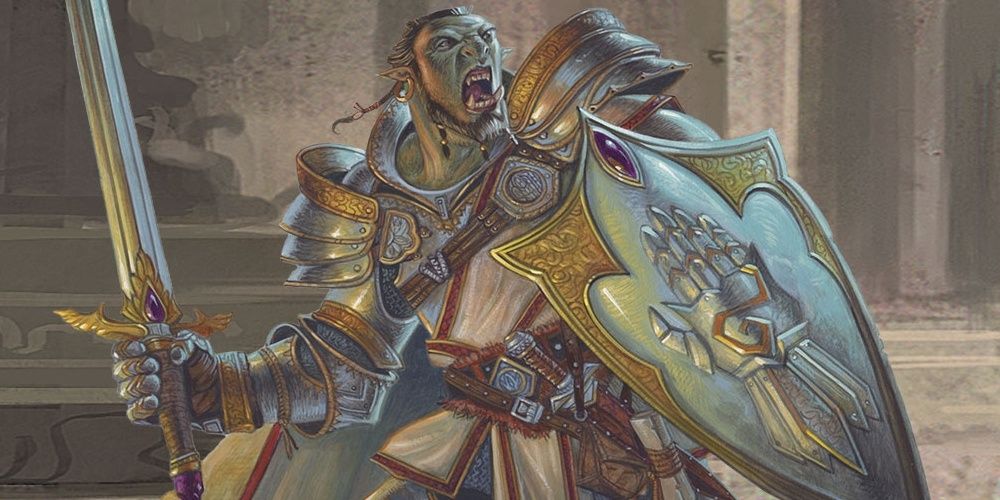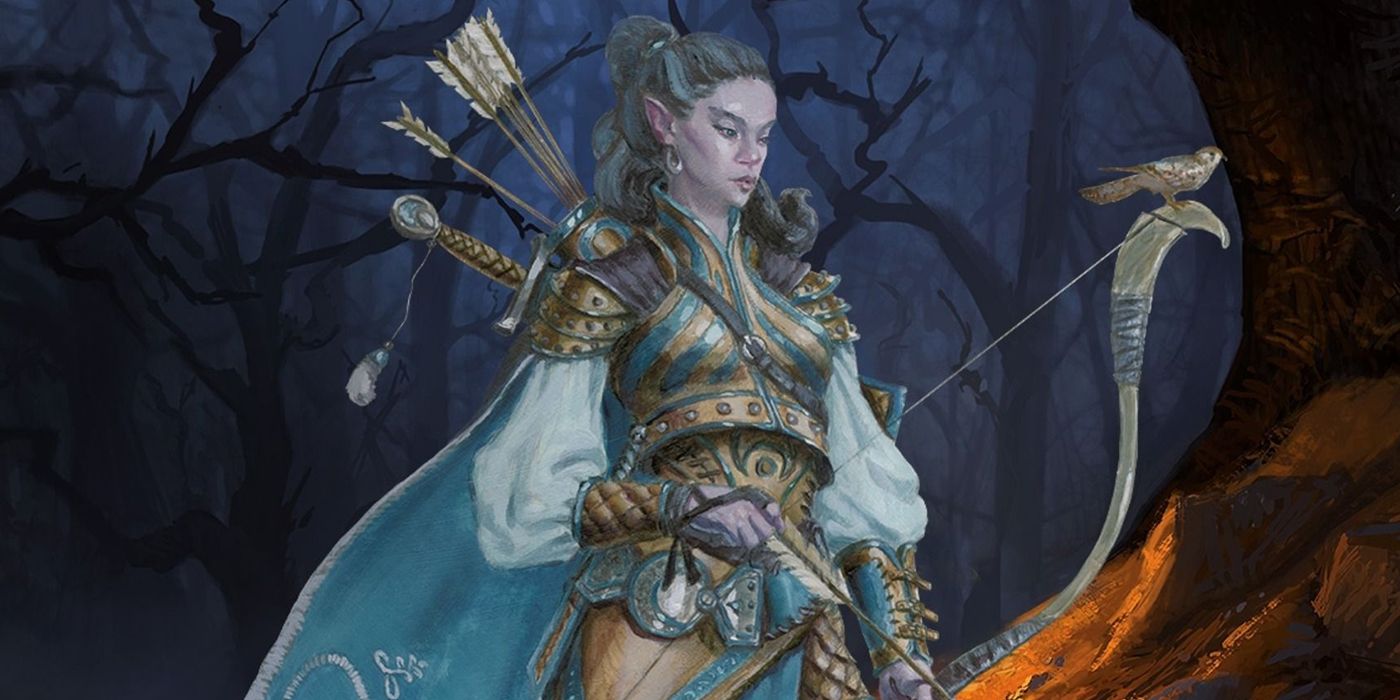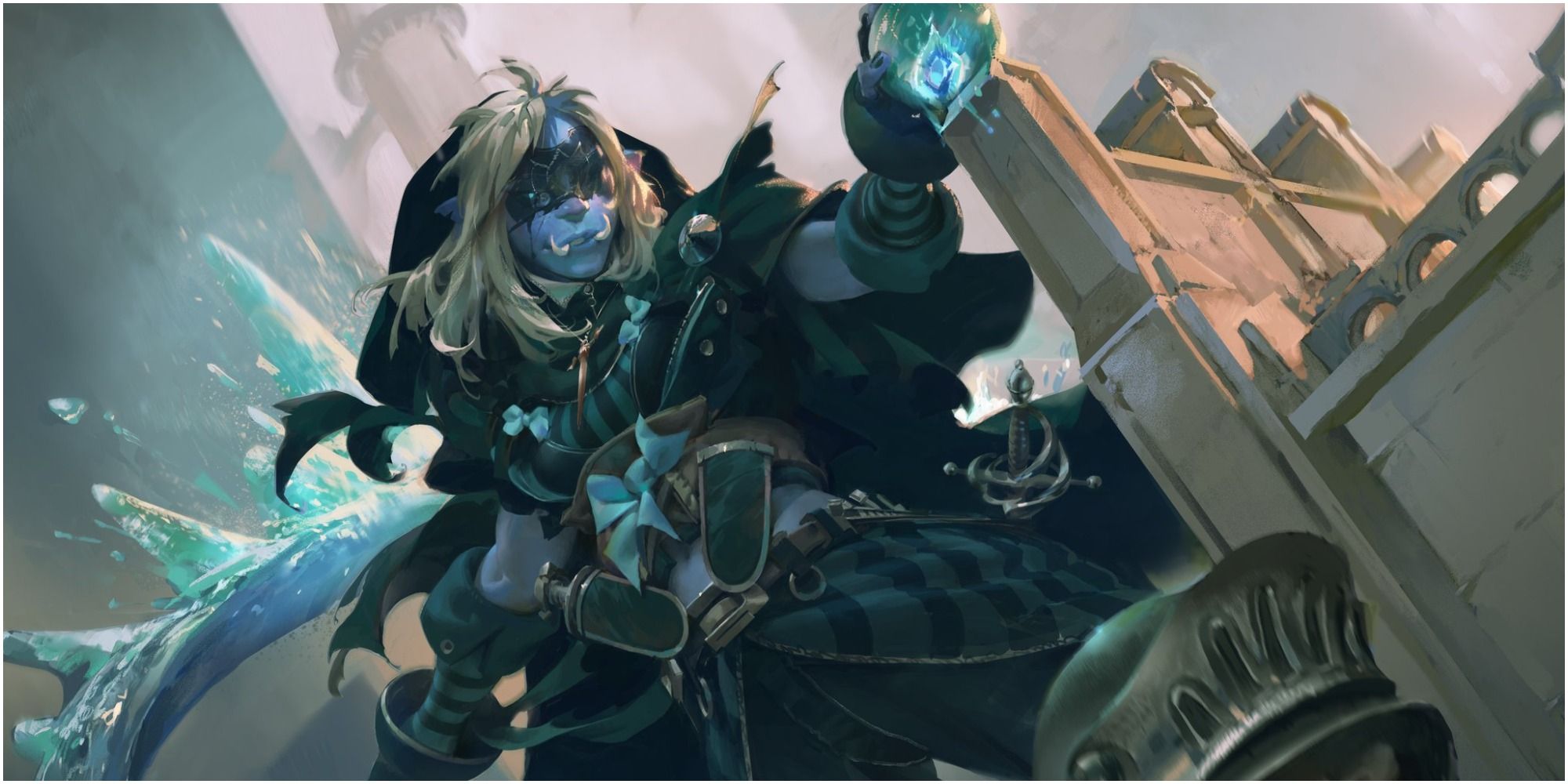In Dungeons & Dragons, few choices when creating a character are as important as a player's choice of class. While a race and background offer unique and flavorful traits, a character's class fundamentally dictates what utility a character brings to a party and how they function in and out of combat. While each class offers unique and distinct abilities, of the twelve original races included in the Player's handbook, six of these classes are known as martial classes while the other six are known as spellcasters.
While spellcasters aim to utilize magic to solve their problems, the martial classes each tend to approach their problems without magic, wielding traditional weaponry, armor, and various skills. Often protectors or heavy damage-dealers, characters of these classes are more resilient than those based around spellcasters. However, as the various martial classes of D&D are each quite different, each coming with its strengths and weaknesses, today we're going to examine the differences of these classes to help newcomers to the game decide their character's class!
Barbarian
Warriors that utilize their brute strength to overcome their problems, Barbarians are resilient heavy-hitters that can draw power through their rage in combat. The only class in the game with a d12 hit die, Barbarian is the class most known for massive pools of HP. Rather than wearing armor like a Fighter or Paladin, thanks to their unarmored defense ability, Barbarians can have a substantial armor class by simply having high dexterity and constitution scores. One of the most notable key features of the Barbarian class is their rage, which while active, provides the character with a buff to the damage they deal and a reduction to the damage they take. Based on a Barbarian's subclass, this rage can even provide potent additional effects from improved damage in the case of the Zealot, or excellent damage resistances in the case of the Totem Warrior. Simple yet effective, Barbarians excel at running into combat and dealing noteworthy damage through their use of melee weapons.
Strengths
- Incredibly durable, especially while raging
- Able to dish out serious melee damage
- Great for newcomers due to their straightforward game plan
Weaknesses
- Limited out-of-combat utility
- Very few ranged options
Fighter
Coming in many shapes and sizes from heavily armored knights to nimble and dexterous archers, Fighters are combatants capable of effectively wielding any type of weapon or armor. When building a fighter, a player can choose their character's preferred fighting style, allowing them to excel in areas such as archery, fighting with one-handed weapons, or even opting to excel in the usage of armor. One of the biggest appeals to playing a Fighter is the class's access to several attacks and the stellar Action Surge ability, allowing a character to take an additional action on their turn. When combining its several attacks with an additional attack action, Fighters are capable of dealing devastating amounts of damage to a single key target. The subclass options available to fighters can provide a wide range of customization and utility, with options like the Battle Master and Rune Knight allowing players to pick and choose unique abilities, while the simple yet potent Champion can more easily land critical hits, making it a solid choice for newcomers to D&D.
Strengths
- Proficient with all weaponry and armor
- A well-rounded blend of offense and defense
- Able to deal incredible damage to single targets
Weaknesses
- Difficulty dealing with crowds of enemies
- Lackluster mobility when compared to other martial classes
Monk
Monks are skilled martial artists that uniquely blend the use of dexterity and wisdom in combat, capable of using their unique Ki Point mechanic in a variety of ways. Able to fight without the use of armor much like Barbarians, Monks excel at dealing several swift attacks to a foe rather than a single massive hit. Through the use of their Ki, a Monk can make several additional attacks on their turn or even stun a target. Eventually gaining unique traits such as the ability to communicate with creatures regardless of the languages they speak as the ability to catch incoming projectiles, Monks are notably the most mobile martial class in D&D, with their movement speed increasing as they gain levels. Though many of the most integral Monk abilities are gained from its core class, many subclass options provide unique alternative uses for one's key such as new martial arts techniques one may perform or even the ability to heal one's allies.
Strengths
- Incredibly mobile
- Able to reliably attack several times within a turn
- Has access to the ever-excellent Stunning Strike ability
- Functions well without the need for any equipment
Weaknesses
- Less durable than other martial classes
- Struggles to fight foes from afar
Paladin
Paladins are holy warriors sworn to oaths, serving as somewhat of a hybrid between the Cleric and FIghter classes. With similar armor and weapon proficiencies to the Fighter, a Paladin gains access to a small number of spell slots that allow the character to cast support spells via their charisma to assist their allies as well as various spells to augment their melee damage. While a Paladin makes fewer attacks than a Fighter and casts fewer spells than a Cleric, it has two excellent trademark abilities of its own: Lay on Hands and Divine Smite. While Lay on Hands can allow a Paladin to access a pool of HP to distribute to their injured allies, Divine Smite allows a Paladin to convert their spell slots into additional radiant damage, allowing them to hit their foes like a truck. IN addition to providing a Paladin with additional spell options, the various Paladin subclasses allow Paladins to access various Channel Divinity options as well as beneficial auras to assist nearby allies. As holy warriors, Paladins are even capable of detecting the presence of nearby fiends or undead, adding to their utility.
Strengths
- Very durable
- Excellent blend of support and offense
- Able to deal serious damage through Divine Smite.
- Capable of healing others and themselves through Lay on Hands
- Access to additional utility through magic
Weaknesses
- Each of their key abilities recharges on a long rest, meaning they may struggle if a party experiences several combat encounters in one day
- As Divine Smite can only be used when making a melee attack, Paladins can have difficulty dealing high damage from afar
Ranger
While Paladins serve as a halfway point between Clerics and FIghters, Rangers blend elements of the Druid, Fighter, and Rogue classes, forming a unique dexterity and wisdom-based class option. Warriors experienced in traversing the wilderness, Rangers are a multifarious class capable of wielding a variety of weapon types, casting nature-based magic, even excelling at tracking. While the abilities available to each other martial class are quite straightforward, due to the optional Ranger features available in Tasha's Cauldron of Everything, a player can choose to have their ranger excel at tracking and exploring, or have them better suited to felling a key target in combat. Though Rangers can use a variety of weapon types, they particularly excel in ranged combat, making great use of bows and ranged spells capable of augmenting their archery. Through their blend of combative capabilities and magical utility reminiscent of that of the Druid, Rangers are among the most flexible and multifarious of D&D's martial classes.
Strengths
- Excellent ranged combatant
- Can offer great exploration utility
- Access to magic that can provide support or damage benefits
Weaknesses
- Many of the original Ranger options are very niche and highly situational
- Somewhat unintuitive and potentially difficult to use in the hands of a beginner
Rogue
A class-based around dexterity, Rogues specialize in stealth and are mobile characters capable of dealing serious damage from afar or with a finesse weapon. While less durable than other martial classes, Rogues more than make up for this through the excellent Cunning Action feature that allows them to dash, disengage, or hide as a bonus action rather than an action. In addition to doubling their proficiency bonus for two skills that are allocated as a Rogue's areas of expertise, the key feature of a Rogue is Sneak Attack. Despite its name, this feature doesn't require a character to be hidden or sneaking, only that they are attacking a creature at advantage or that target is within five feet of one of the Rogue's allies. This ability allows the Rogue to deal substantial extra damage to the target, with this extra damage increasing as they grow in levels. Outside of combat, Rogue's excellent skills and additional utility gained through various subclasses allow them to shine anywhere from social negotiations to assassinations or the disarming of traps.
Strengths
- Great single-target damage through Sneak Attack
- Incredible out-of-combat utility thanks to Expertise
- Access to additional flexibility in combat thanks to Cunning Action
- Solid offensive options when fighting up close or from afar
Weaknesses
- Far less durable than other martial classes
- Due to Sneak Attack's trigger conditions, rogues can struggle when fighting a target without the help of another party member

